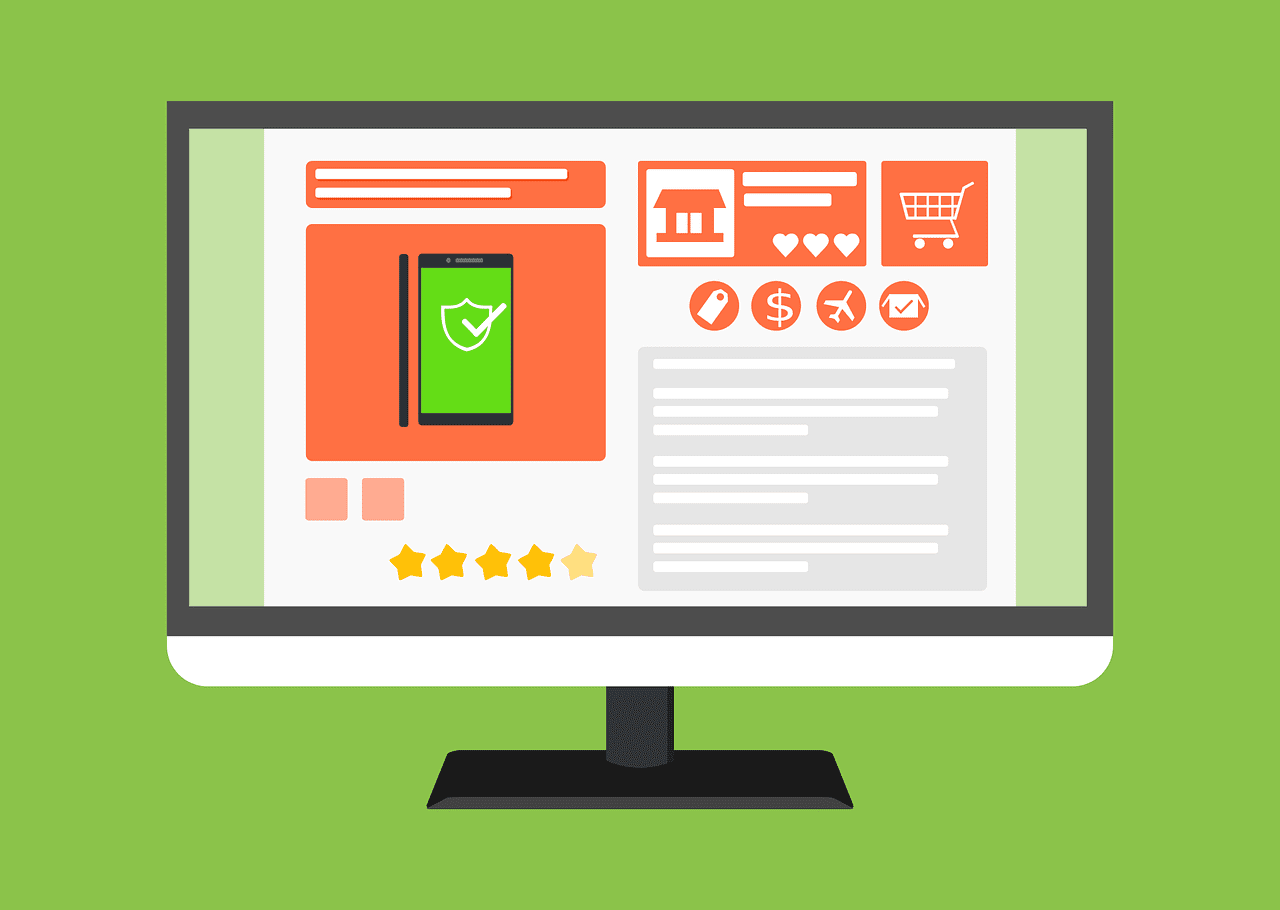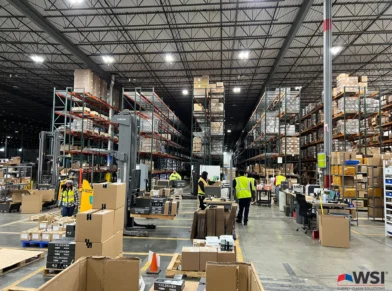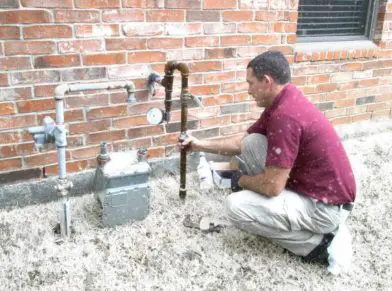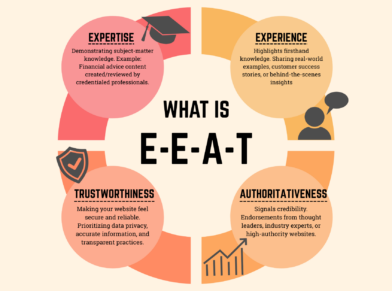USING MARKETING AUTOMATION FOR ECOMMERCE 10 BEST PRACTICES

Marketing automation has become a buzz word online and with anything related to SEO marketing, but do you know what it really means and how best to use it? In a nutshell, marketing automation helps streamline, automate and measure marketing tasks and workflows to increase operational efficiency. In an even smaller nutshell, marketing automation helps companies effectively market on multiple channels such as social media, websites, and emails and automate tasks that would otherwise be repetitive to a human being. With this in mind, here are ten best practices for using marketing automation for ecommerce.
- Study Your Data
Understanding your customer’s hesitations is a great starting point to knowing how your customers need to be served. For example, are customers leaving items in their cart? Consider a, “Fetch Back,” email sent to a prospect that has an abandoned shopping cart. Knowing why there are abandoned shopping carts in the first place and determining if the problem is technical or due to site design can really help you get to the root of the issue first.
- Understand the Buying Cycle
Customers do certain things in a certain timeframe, and 9 times out of 10, they don’t know that they’ve fallen into this buying habit. Understand this funnel process by looking at it backwards. What steps are customers having to take? Is there a catalyst along the way that’s pushing customers to buy? Focus on these “assists” and top performing interactions to find the holes—places where you may need marketing automation to intervene and connect with the customer. Perhaps an email or something more personal.
- Key is in Keyword for a Reason
Revenue generating keywords are your best friend. They help build your site, your reputation and your business. Find these keywords to see why customers are coming to your site. Use these keywords in your emails or social media to draw more attention while building your credibility.
- Be a Collector
Collect contact information as much as possible and weed out the good from the bad. This is one of the best ways to ensure that you can touch base with loyal customers and build new ones.
- Be a Tracker
See where a buyer’s curiosity takes them by tracking their clicks. This can also help with your messaging in your marketing automation; do they click on your blog? Your contact page? Tailor your content to pique your customer’s interest.
- Keep it Real…time Communication
Did you know that 90% of ecommerce leads go cold within just one hour? Again, maybe someone left something in a cart then got distracted. Remind them of their pending purchase with a three-step sequence, without harboring on being annoying. A customer service email should be sent within an hour, an email reminding them of say, their abandoned purchase, should be sent within 24 hours and if you have a coupon to add to your sale, send it within 72 hours as an incentive email.
- Always Offer Customer Service
Marketing automation often seems like a one-way road. Instead of talking at your customers, start a conversation by asking fun and shareable questions. Even more important is offering customer service and ways to reach you should they have questions or need help.
- Be Diverse
Don’t just stick to emails. Make use of social media and other outlets so you can cross-sell and up-sell in very strategic ways.
- Be Mobile
According to Litmus, 53 percent of emails are now being opened on a mobile device. Make sure that you incorporate responsive design into your eCommerce email marketing strategy.
- Have a Compelling Call-to-Action (CTA)
Don’t defeat the purpose of marketing automation. Sure it does the work for you but you need to give it legs with a strong CTA. Use your subject line, images, and copy to communicate a single, compelling CTA. More than one and you may frustrate your potential buyer.
What are your marketing automation tips and have you found works for you?


















